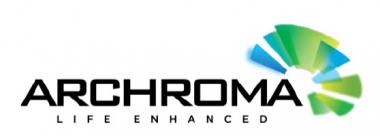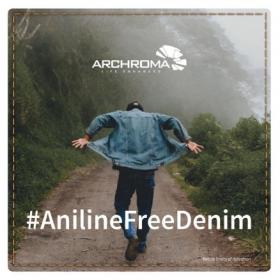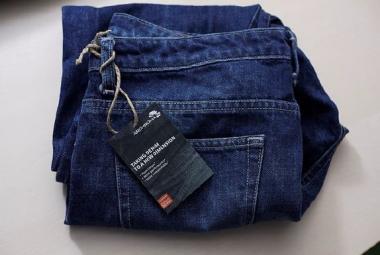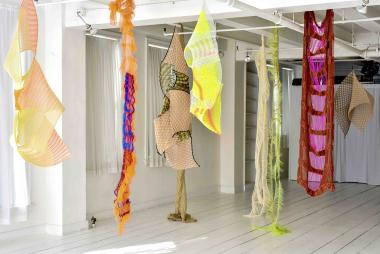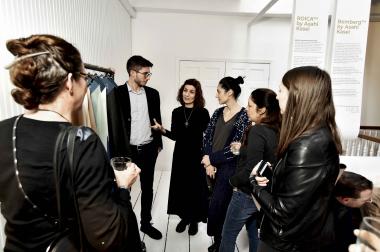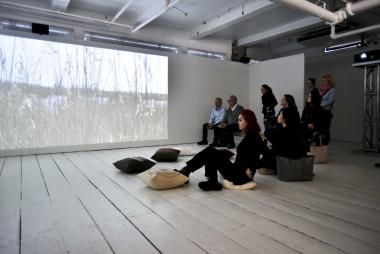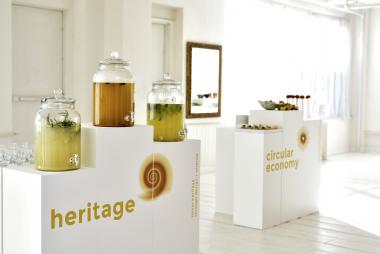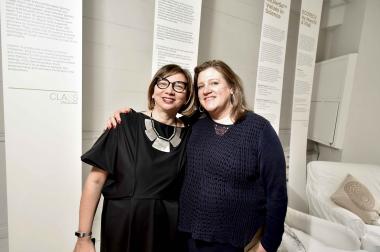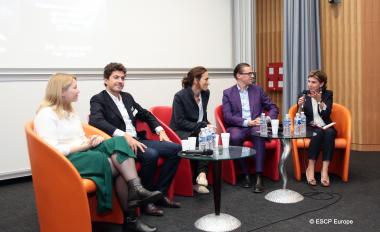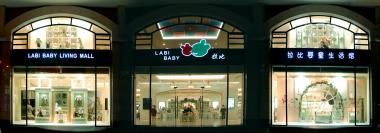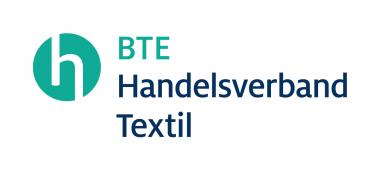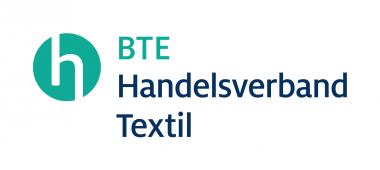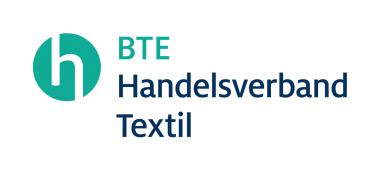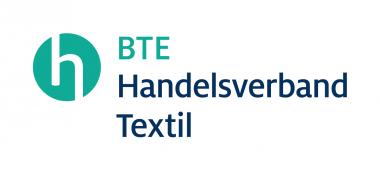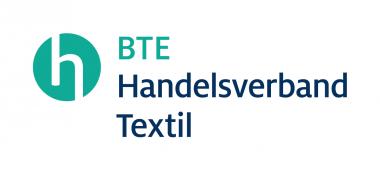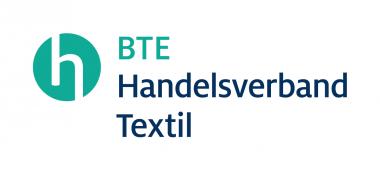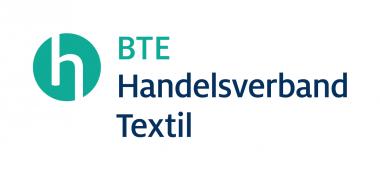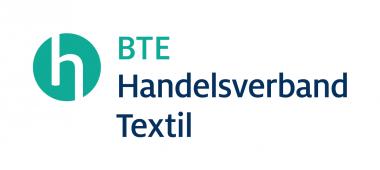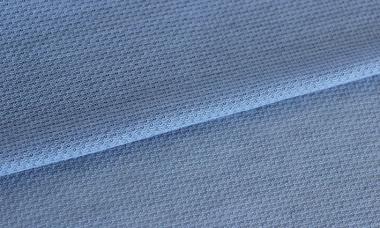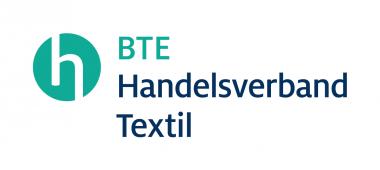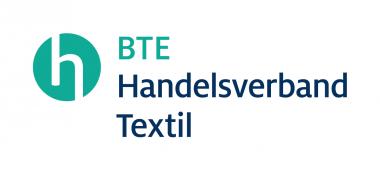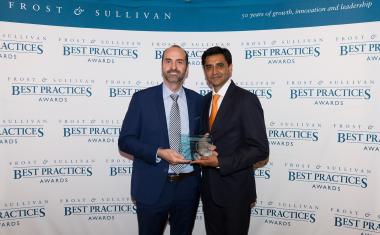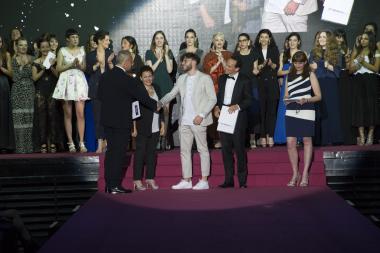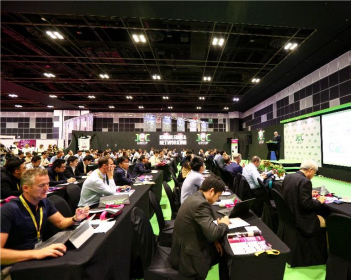Archroma to showcase innovative denim solutions at DenimsandJeans Vietnam 2018
Archroma, a global leader in color and specialty chemicals, will be presenting its innovative and sustainable denim solutions for manufacturers and brands at DenimsandJeans Vietnam 2018, on June 27 and 28.
From fiber to finish, Archroma offers a scope of possibilities for effects and colors, from the authentic roots of indigo to the most innovative and eco-advanced solutions. Archroma is a recognized leader in integrated solutions, offering best-in-class auxiliaries for bespoke process packages.
Visitors will be able to discover solutions designed to make denim in a more sustainable and responsible way, in particular:
DENISOL®, BRINGING INDIGO BACK TO ITS ROOTS - NOW ANILINE-FREE*
Archroma’s Denisol® range is a newly developed pre-reduced liquid indigo solution that is manufactured in Archroma’s award winning ‘zero liquid discharge’ manufacturing plant in Pakistan.
- Denisol® Indigo 30 liq is compliant with major official eco-standards and requirements from retailers, brands and fashion leading companies and helps to produce fabrics suitable for current eco-labeling such as bluesign® and GOTS.
- Responding to demands for a non-toxic alternative to the dyes that are used for the iconic and traditional indigo blue that consumers associate with denim and jeans, Archroma just announced the upcoming new Denisol® Pure Indigo 30.
ADVANCED DENIM, TOWARDS WATERLESS DENIM DYEING
Consider this: The water needed to produce one pair of jeans is said to be ~ 11'000 liters(1). With approximately 167 million pairs of jeans produced monthly(2), that is 1,837,000,000,000 liters of water consumed every month in the process! Based on the Denim-Ox and Pad/Sizing-Ox dyeing processes, Archroma’s multi-awarded ADVANCED DENIM, dyeing technology allows savings of up to 92% in water, 87% in cotton waste and 30% in energy, compared to a conventional denim dyeing process.
The technology has been adopted by brands like Patagonia and received the prestigious 2012 ICIS Innovation Award and Innovation with Best Environmental Benefit Award.
- Optisul® C, “soft colors” made easy
Colors other than blue have been tricky to achieve in the past. With Optisul® C dyes, denim manufacturers can expand their color horizons with this range of six dyes especially designed to produce soft denim colors in continuous dyeing processes, as well as on coating and printing. Optisul® C affinity-free, sulfide-free dyes can easily be combined with each other to create garments suitable for wash-down treatments in a wide array of easily achievable and reproducible soft colors. They are suitable for GOTS and bluesign® approval. - Diresul® RDT Ocean Blues, ocean-themed bright sulfur blue dyes
Archroma’s Diresul® RDT Ocean Blues are a collection of vibrant, ocean-themed bright sulfur blue dyes. These best-in-class dyes and their auxiliaries bring out the best of indigo, improve workability, dyeing consistency and process safety.
They can be combined with Denisol® Indigo 30 liq in bottoming/topping manufacturing routes for avant-garde blue styles. At the booth, Archroma will display an “illustration collection” of exciting indigo casts. - Diresul® blacks & greys, a universe of greys and deep black and navies.
Archroma’s dye portfolio of conventional and black Diresul® specialties allow to create a universe of greys and deep black and navies. From superficial to solid blacks for both extreme wash-down and stay black effects.
EARTHCOLORS, TRACEABLE FROM NATURE TO FASHION
As consumers increasingly aspire to functional, beautiful and meaningful clothing, brands and manufacturers are increasingly interested in the environmental impact of the denim industry. Archroma has placed sustainability at the heart of its innovation process to create products and processes that improve the industry’s sustainability.
The EarthColors patented range of “biosynthetic” dyes for cotton and cellulose-based fabrics, which are made from waste left over by the agricultural and herbal industry after extraction, such as almond shells, saw palmetto, or rosemary leaves. The latest NFC technology used on the end-product hangtags enables transparency and traceability through the supply chain to consumers.
The EarthColors allow to produce the earth tones that are coming strong: red, brown and green colors. They have been adopted by brands such as Patagonia, Kathmandu and G-Star, and won an OutDoor Industry Award 2017.
SOLUTION PACKAGES FOR SUSTAINABILITY
Brand owners and retailers around the world are taking action to evaluate the environmental impact of textile treatment, dyeing and finishing processes in response to consumer concerns.
Archroma recently introduced the ONE WAY Process Simulator, the last update of a calculation tool that supports its ONE WAY Sustainability Service introduced back in 2012. The new, online software can be used to mimic and compare products and processes, and thus calculate the ecological and economical profile of the final end-product.
Archroma’s portfolio of ZDHC MRSL-compliant chemicals and dyes is integrated into the ONE WAY calculation tool since 2013.
“Innovation and sustainability go hand in hand,” says Paul O’Prey, Head of Sales, Brand & Performance Textile Specialties, Archroma, Vietnam. “While developing new products and services, we always consider the environmental impact so they are as sustainable as possible. This can be seen in our innovative and eco-advance products, such as the water-saving ADVANCED DENIM and the aniline-free* Denisol® Pure Indigo.”
Archroma, color effects, Archromas Color Atlas Sustainability Denim dyeing aniline-free
EMG-PR


